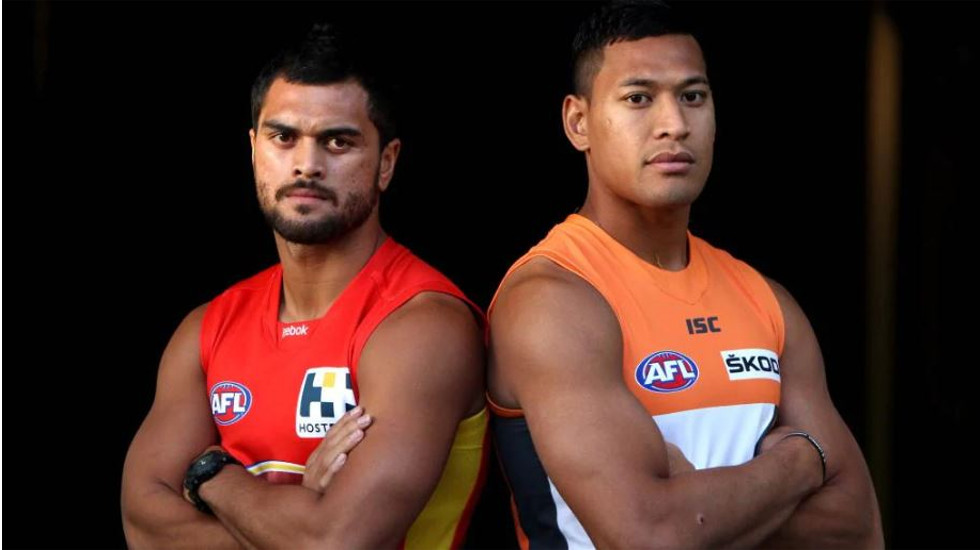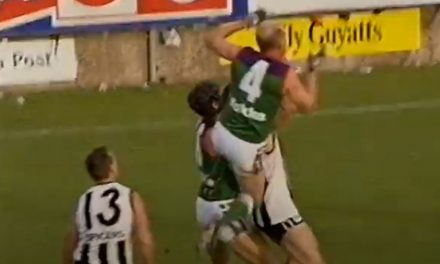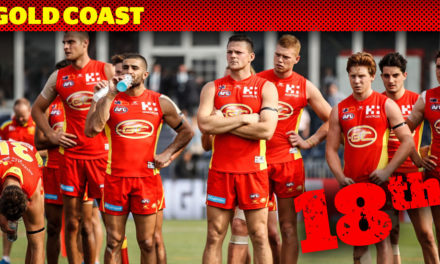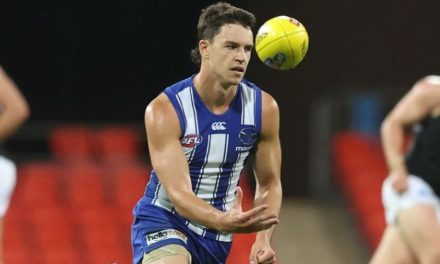The sums thrown at Karmichael Hunt (left) and Israel Folau are viewed with even greater cynicism now. Photo: GETTY IMAGES
As the years of seemingly infinite expansion of the game turned into decades, an air of inevitability permeated across broadcast deals, player payments, “soft” caps and football infrastructure. Bigger was bracketed with better.
AFL revenues grew by six times in the 20 years from 1997 and the governing body’s operating surpluses quadrupled over the same period. It allowed for long-term hits to the bottom line as new entities GWS and Gold Coast entered the competition. Such hits were not minor; from 2013 to 2017 around $160 million was pumped into the two clubs as part of the AFL’s annual distributions.
In club land, bolstered by an increasingly assertive and professional AFLPA, the remunerative demands of players resulted in significant gains. Off the field, assistant coaches mushroomed into multiple line coaches, fitness and conditioning staffs expanded, and a host of spiky-haired data analysts began to fill match day coaching boxes armed to the teeth with laptops and sports drinks.
The COVID-19 crisis brought such expansion to a shuddering halt. Indeed, and we must remain mindful of the human cost, it has laid waste for now to the previous decades of accelerated growth. The culling of personnel and programs is not yet over.
Securing a substantial line of credit has saved the AFL’s bacon, but it also reveals the ultimate fragility of the competition that was seen, accurately, as a commercial behemoth. The ability of footy at the top level to recover appears more assured than other codes. Just ask the scores of employees laid off at Cricket Australia and the beads of sweat forming due to the uncertainty of India’s visit to our shores this summer.
But who is asking the obvious questions about the AFL’s “expand or die” mantra? A philosophy that so gripped the Demetriou years and marched on relentlessly under Gillon McLachlan. Is bigger necessarily better?
Let’s look at the positives. Pre-COVID-19, the coverage of matches and connection for fans were at unsurpassed levels. Behind the scenes access, technology employed to produce game day vision (and the tech we use to consume the game), outstanding facilities, the rise of AFLW and advancements in player welfare all come to mind.
Somewhat more contentiously, the weight the AFL lends to various social issues and causes can and should fall into the positive side of the ledger. Anyone who has attended a Dreamtime at the ‘G’ event can at least attest to the powerful imagery the AFL and the respective competing clubs deploy to celebrate indigenous culture and sporting prowess.
Against that, and it’s yin and yang 101, the march of growth comes with notable costs or push back. Perhaps the most glaring example is the state of the game itself. Subjective opinions aside – and let’s acknowledge they will always form part of the fun and banter around which era was better – the data clearly, emphatically demonstrates the spectacle has nosedived.
Further, the dust has still not settled over the creation of the so-called expansion clubs. While the relative success of GWS on the field has masked concerns over the endless topping up of funding to the Giants, such success has eluded Gold Coast, which despite the tireless efforts of some, has yet to win anywhere near enough games of footy, let alone hearts and minds.
In these times of frantic budget cuts and job losses, the millions thrown at Israel Folau (GWS) and Karmichael Hunt (Gold Coast) can be viewed with even greater cynicism than initially greeted their signings. As a reminder: in 2012, some two years and 39 kicks into a three-year $4.2 million deal, Folau quit, stating: “I would be driving to training most days thinking, ‘why am I doing this’?”
Locked into such colossal cycles of earn and spend, it’s of little wonder that AFL operations are littered with an obsessive monetisation of the game. It can at times border on the nauseating, especially when contrasted with the social issue sanctimony, a point noted by those who decry the millions AFL headquarters collects from junk food conglomerates and multinational gambling corporations.
I was reminded of this hunger for monetising our game when viewing “Six things we can’t wait to see”, recently produced video content featuring Callum Twomey and Matthew Lloyd on the AFL’s website. “Footy’s back,” came the cry from Twomey. And he then said thanks to a bourbon brand.
Dollars and sense indeed.












Excellent writing by an excellent writer this man words are from the heart.
An excellent article well done.